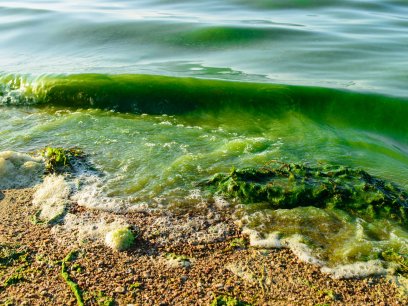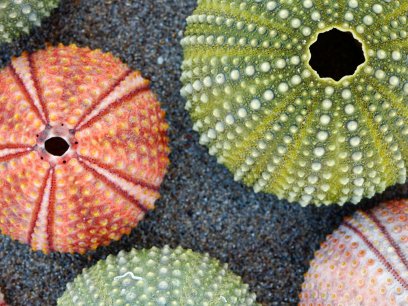
Scientists estimate that over 8 million tons of plastic enter our oceans each year. While we have all seen the plastic bottles, bags, and straws that contribute to the plastic pollution problem, one major source of plastic pollution is less obvious: our clothes. The majority of clothing on the planet is made from plastic-based materials like polyester, rayon, nylon, and acrylic. When washed, synthetic clothing sheds tiny plastic fragments known as microfibers. Microfibers are the most prevalent type of microplastic (plastic pieces less than 5 mm in diameter) found in the environment.
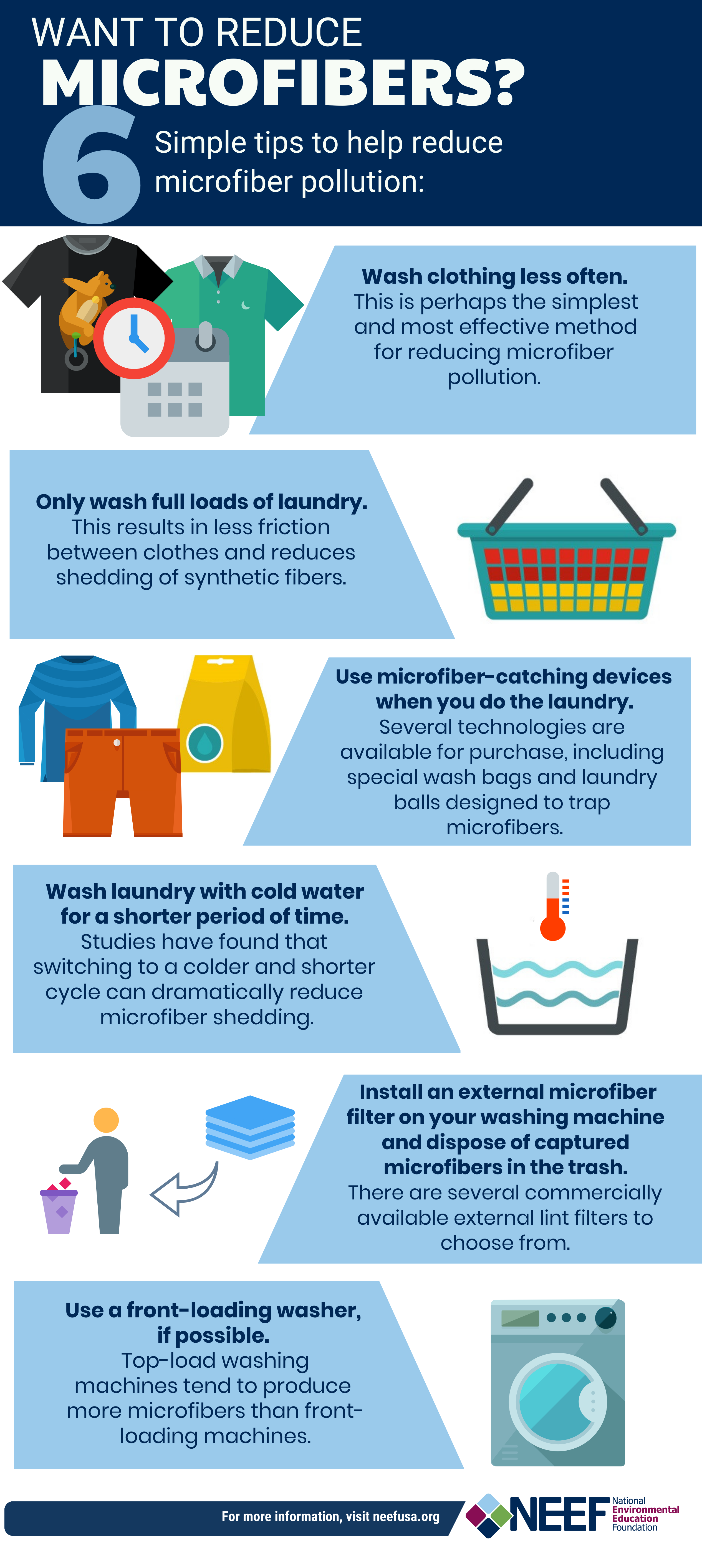
Though we cannot see them, plastic microfibers are all around us. Researchers have found microfibers in a diverse range of land and aquatic ecosystems, from shorelines and the seafloor, to remote areas in US national parks, and even in snow in the Alps and the Arctic. Once in the environment, microfibers are extremely difficult to clean up. For this reason, it is critical to prevent this type of pollution from entering the environment in the first place.
Additional research is needed to understand how microfibers enter the environment and where they come from, but many studies suggest that washing clothes is one major source. A 2019 study by Ocean Wise estimated that the average household in the US and Canada releases 533 million microfibers—or 135 grams—of microfibers to wastewater treatment plants each year. Wastewater treatment plants filter out the majority of microfibers, but because they are so small, some microfibers pass through the wastewater treatment systems, entering our waterways and oceans. The same Ocean Wise study estimated that the US and Canada together release 878 tons of microfibers into the environment through treated wastewater.
Scientists are only beginning to understand the impacts that microfiber pollution may have on the environment and on humans. Microfibers can harm the small aquatic organisms that ingest them. Microfibers can also contain toxic chemicals that are intentionally added to textiles during the manufacturing process or that accumulate on plastic particles in the ocean.
In 2017, marine biologist Dr. Richard Kirby was able to capture on film an arrow worm plankton encountering and ingesting a single microfiber. The fiber then became entangled within the plankton's digestive tract, blocking it. “When I saw it, I thought that here was something, visually, to convey to the public the problem of plastic in the sea,” Kirby said in an interview with BBC News. “Plankton are the basic level of the marine food chain. All the plastics they eat are passed on.”
Researchers have found plastic microfibers in a variety of the fish and shellfish that people consume. Though scientific research has made it clear that humans are exposed to microplastics through the food we eat, the water we drink, and the air we breathe, we do not yet know what effects microplastics might have on our health. More research is needed to better understand the full set of risks posed by this pollutant.
What is Being Done to Stop Microfiber Pollution?
As scientific research continues to expose the pervasiveness of microfibers in habitats and species around the world, concern about microfiber pollution is growing. Recognizing the magnitude of this problem, universities, non-governmental organizations (NGOs), companies, and governments are working to find solutions.
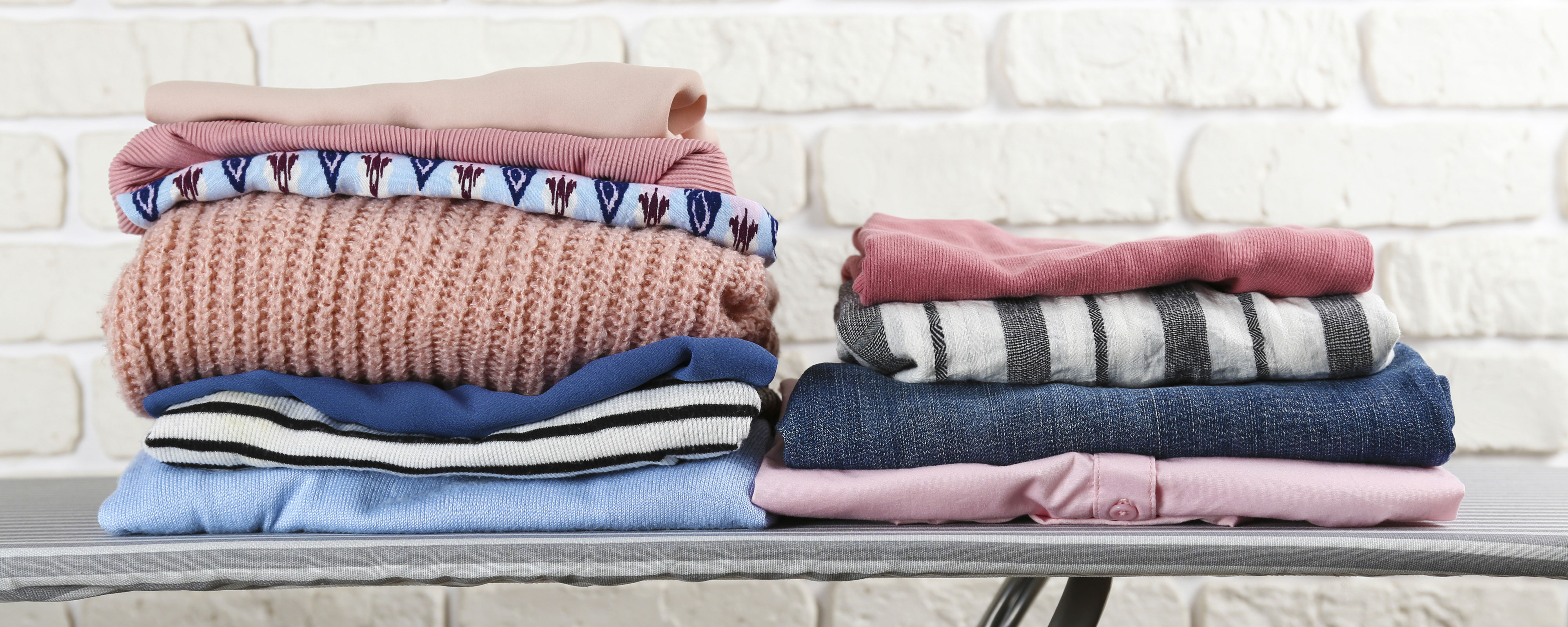
Companies in the apparel industry have teamed up with NGOs and academics to conduct research and testing that can help textile manufacturers and apparel companies produce garments that minimize microfiber shedding. The degree to which a garment sheds microfibers in the wash depends on a wide variety of factors, including the garment's age, construction, material type, and chemical finish. The complex nature of textile production makes research on microfiber shedding especially challenging.
While these efforts are important, it will likely take many years before research on microfiber shedding can lead to large-scale changes in the global production of textiles. With more and more microfibers accumulating in our waterways each day, one of the best solutions may be trapping them before they leave the household. Currently, most washing machines do not have built-in microfiber filters, though several global appliance manufacturers are developing them.
Several types of external microfiber filters are already available for purchase. Consumers can attach these filters to their household washing machines and periodically dispose of the captured microfibers in the same way that they clean the lint screen in a dryer (in fact, “dryer lint” is just another term for microfibers). A 2018 study by the University of Toronto and Ocean Conservancy found that on average, one type of after-market washing machine filter captured 87% of the microfibers shed by fleece blankets in the wash. Consumers can also purchase laundry balls and garment bags that are specially designed to capture microfibers in the wash. These external washing machine filters and fiber-catching technologies provide an immediate and relatively effective way to stem the flow of microfibers into waterways.
France has recently adopted a law that will require all new washing machines to have microfiber filters by 2025, making it the first country to put in place regulations to reduce the amount of microfiber pollution from laundry. Though several state governments acknowledge that microfibers are a problem, there are currently no state or federal regulations in the US that specifically address the issue of microfiber pollution from laundry. However, if passed, a bill in the California State Legislature would create a one-year pilot program to assess the effectiveness of microfiber filtration systems by installing and monitoring filters in 10 state-owned laundry facilities.
How You Can Help Reduce Microfiber Pollution
Microfiber pollution is a complex problem, but here are some simple steps you can take to help reduce the number of microfibers that flow from your washing machine to waterways.
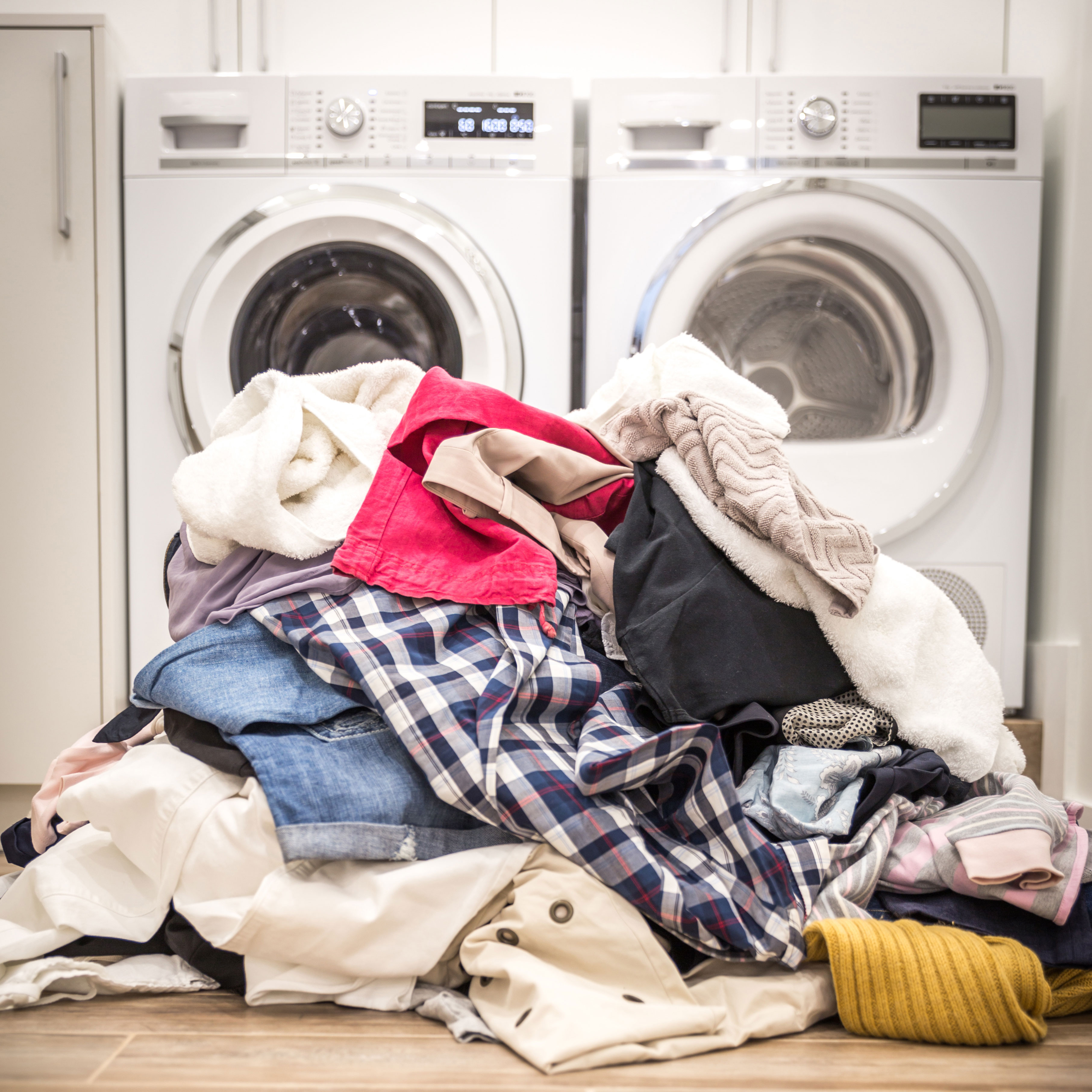
- Wash clothing less often. This is perhaps the simplest and most effective method for reducing microfiber pollution.
- Only wash full loads of laundry. This results in less friction between clothes and reduces shedding of synthetic fibers.
- Wash laundry with cold water for a shorter period of time. A recent study by Northumbria University and Procter & Gamble found that switching to a colder and shorter cycle can dramatically reduce microfiber shedding.
- If possible, use a front-loading washer. A 2016 study by University of California, Santa Barbara showed that top-load washing machines produced significantly more microfibers than front-loading machines.
- Install an external microfiber filter on your washing machine and/or use a microfiber-catching laundry ball or bag. Dispose of the captured microfibers in the trash. There are several commercially available external lint filters to choose from. There are also more affordable products like wash bags and laundry balls designed to capture microfibers.
We are only beginning to understand the scale, sources, and risks of microfiber pollution. However, we know enough to start addressing the problem now, starting with our home laundry. By making these relatively simple changes, we can do a lot to reduce the flow of plastic into the environment.
This article was produced by the National Environmental Education Foundation in collaboration with EPA's Trash-Free Waters program. Mention of trade names or commercial products does not constitute endorsement or recommendation for use.

